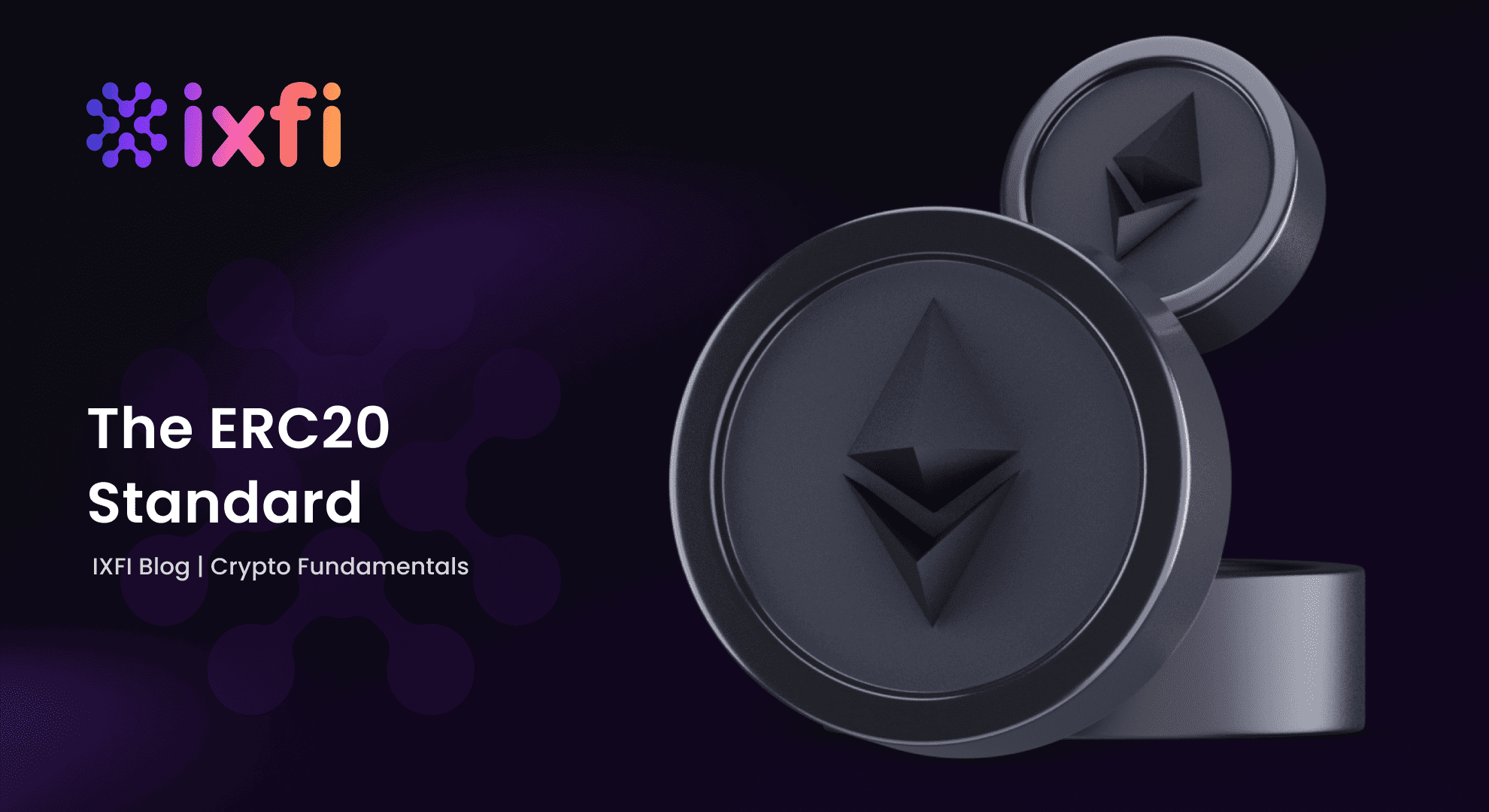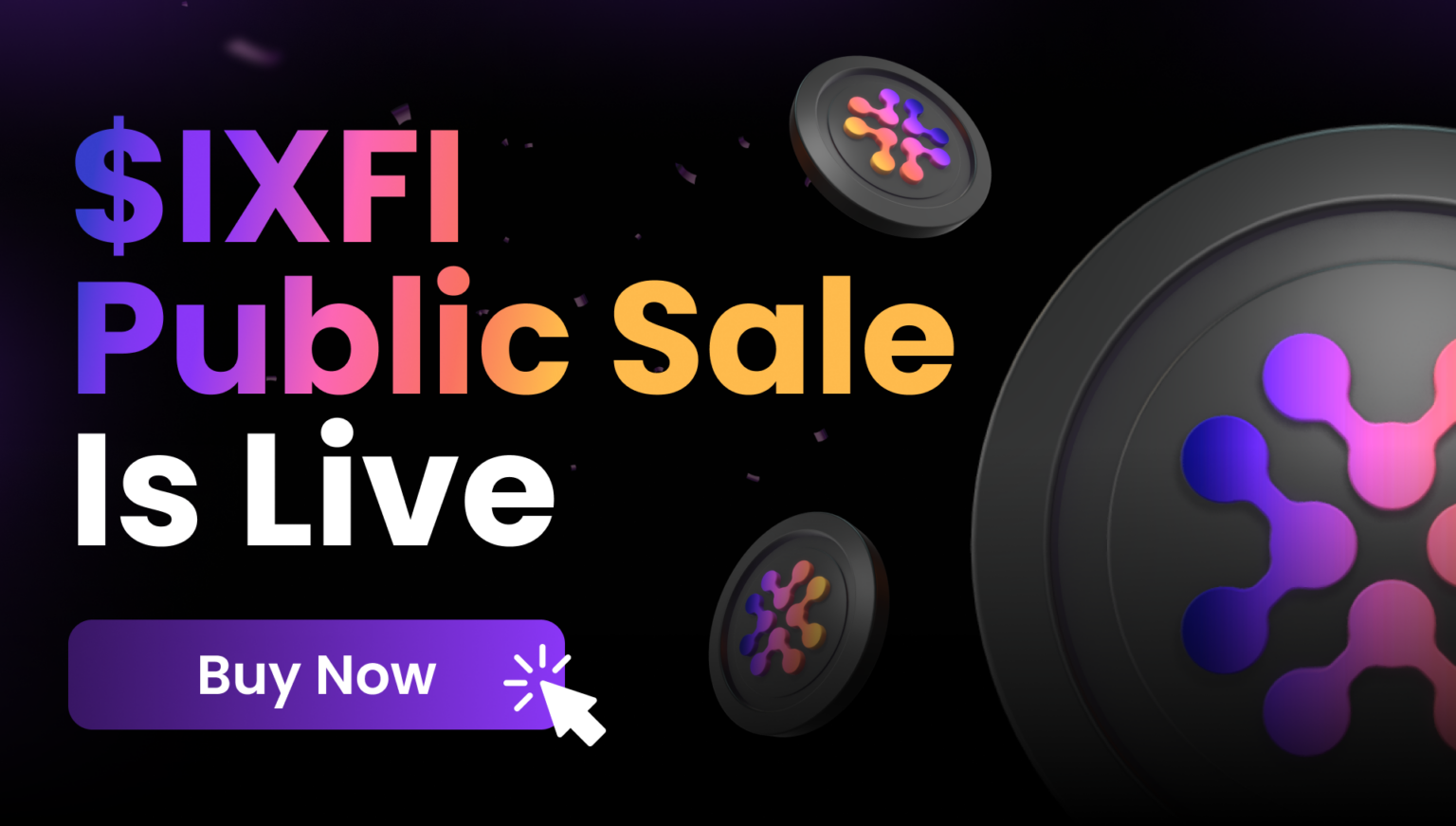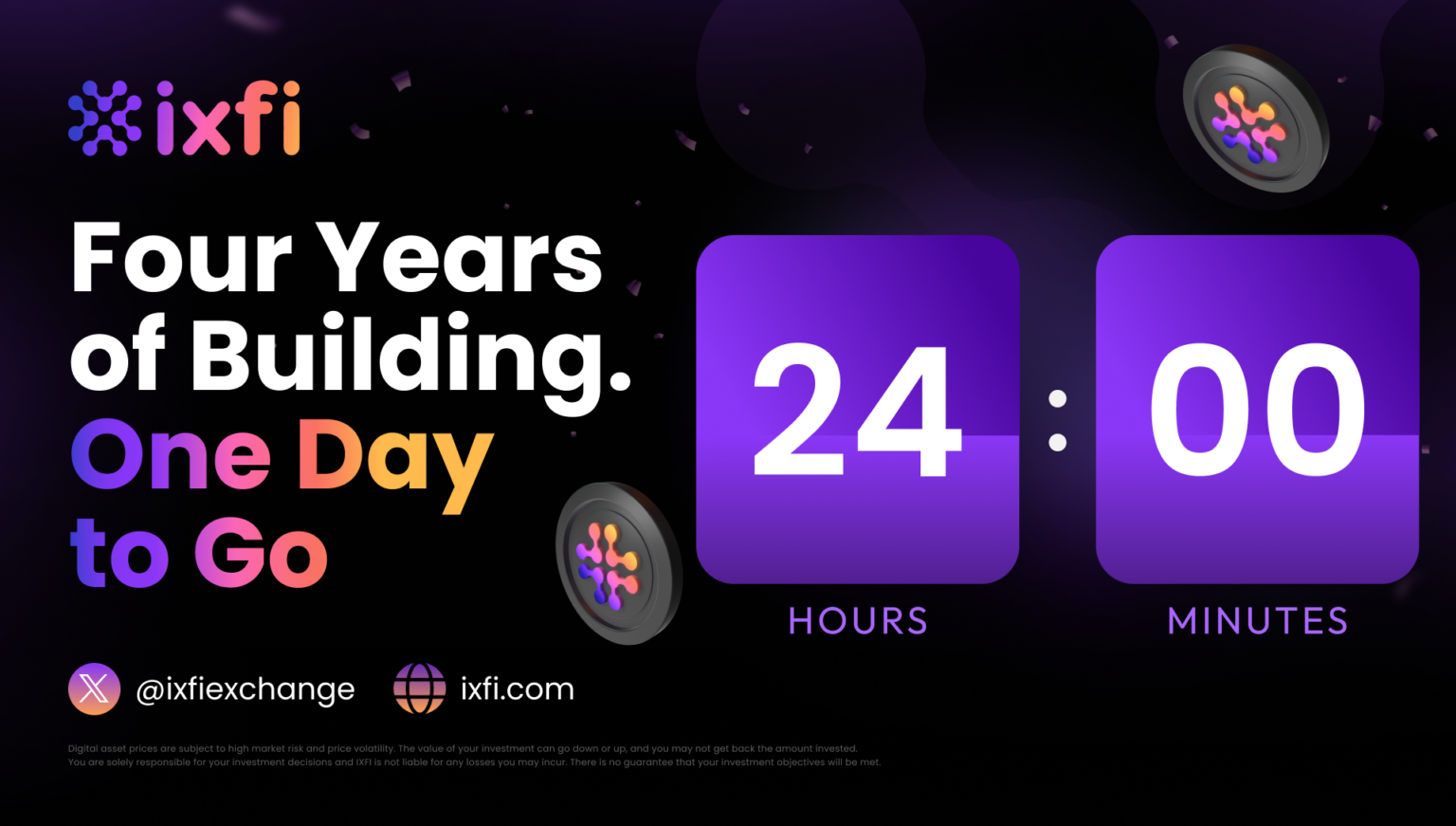We see the “ERC-20” abbreviation everywhere in the Blockchain space, and we can’t avoid the terms that have something in common with Ethereum – the second most significant cryptocurrency after Bitcoin. Many people think Ethereum will become more prominent than Bitcoin (in market capitalization terms). Still, until this happens, we can see that ETH is one of “the parents” of the cryptocurrency space – not only in terms of the currency itself and its value but also regarding all the benefits it brings to the ecosystem and decentralized networks over time. To better understand what the ERC-20 Token Standard is, a brief history of Ethereum is needed.

A short history of Ethereum
Ethereum started having a complete Whitepaper in 2013, designed by the programmer Vitalik Buterin, with Gavin Wood, Charles Hoskinson, and others. The fundraising took place in 2014, and the network officially went live in July 2015.
Once with the introduction of Bitcoin a few years earlier, people wondered how can we extend the utility of decentralized networks and cryptocurrencies beyond the intended design of BTC. Vitalik envisioned in the future Blockchains an unprecedented possibility to use the networks for decentralized applications, Smart Contracts, and a practical “crypto sphere” for the things people need daily.
Thus appeared a version of a virtual machine for the Blockchain that required gas to function, along with a DAO event that lasted until 2016. One of the most critical moments in the history of Blockchain occurred in 2017 when the ERC-20 Standard was introduced.
What is ERC-20?
Essentially, cryptocurrencies built on the Ethereum Blockchain are no longer mere coins but can represent anything: vouchers, tickets, all kinds of financial assets, or currencies, using the help provided by Smart Contracts. This is how the ERC-20 Standard was created in 2015, with a set of rules that the fungible coins (i.e., those that can be exchanged for one another, unlike NFTs, which are non-fungible and primarily represent pieces of art, identity cards, or documents) issued on Ethereum must fulfill. The “ERC” abbreviation comes from “Ethereum Request for Commands”.

This set of rules allows coins to be part of the Ethereum ecosystem and permits greater freedom for developers and programmers in terms of the functionalities that these assets may have. In addition, the standard allows cryptocurrencies to interact much more easily with each other. There is much greater interoperability between coins issued on the ERC-20 Standard due to the way they can access data from each other.
How does it work?
The ERC-20 Standard sums up several coding functions, including total supply, tokenomics, allocation, transfer speed, and approval limits. Using these terms, we understand that the cryptocurrencies conform to the ERC-20 Standard and have storage thresholds, granting and circulating limits, or relate to how transfers and withdrawals are approved. The idea behind it represents a guarantee to ensure those coins will work as they should on Ethereum’s Blockchain.
These coding functions are also divided into getters, events, or functions. Getters are the first three mentioned above, which refer to the number of coins in the market held by an account – and how many coins can be spent. Events and functions are very similar in that the transfer and the approval take place the moment they are classified as functions, after which events occur when the action is completed.
Why do we need the ERC-20 Standard, and how does it help us?
With the help of the ERC-20 Standard, many decentralized applications can be created, and the currencies are much easier to send between accounts and applications; overall, it offers a more prominent area of possibilities than we would have without this standard.
A standard protocol that we can follow made implementing Smart Contracts much easier. For example, we can use ERC-20 Tokens on an open NFT market and other applications. We can also store them in digital wallets such as MetaMask, and MyEtherWallet and the standard is present for many of the well-known cryptocurrencies we often hear about, including Tether (USDT), Shiba Inu (SHIB), Chainlink (LINK), or even Wrapped Bitcoin (WBTC). The Blockchain is still at the beginning, and the programmers work intensively on its development and how we can facilitate all the actions required on decentralized networks.
Anyone can be an investor. On a global scale, crypto remains a relatively young asset class with an investor base that’s still growing. At IXFI, we’re building a community where everyone is welcome. We mean it when we say that anyone can be an investor. Try it for yourself; join Your Friendly Crypto Exchange today and see where you fit in.
Disclaimer: The content of this article is not investment advice and does not constitute an offer or solicitation to offer or recommendation of any investment product. It is for general purposes only and does not consider your individual needs, investment objectives, and specific financial and fiscal circumstances.
Although the material contained in this article was prepared based on information from public and private sources that IXFI believes to be reliable, no representation, warranty, or undertaking, stated or implied, is given as to the accuracy of the information contained herein. IXFI expressly disclaims any liability for the accuracy and completeness of the information contained in this article.
Investment involves risk; any ideas or strategies discussed herein should, therefore, not be undertaken by any individual without prior consultation with a financial professional to assess whether the ideas or techniques discussed are suitable to you based on your personal economic and fiscal objectives, needs, and risk tolerance. IXFI disclaims any liability or loss incurred by anyone who acts on the information, ideas, or strategies discussed herein.




